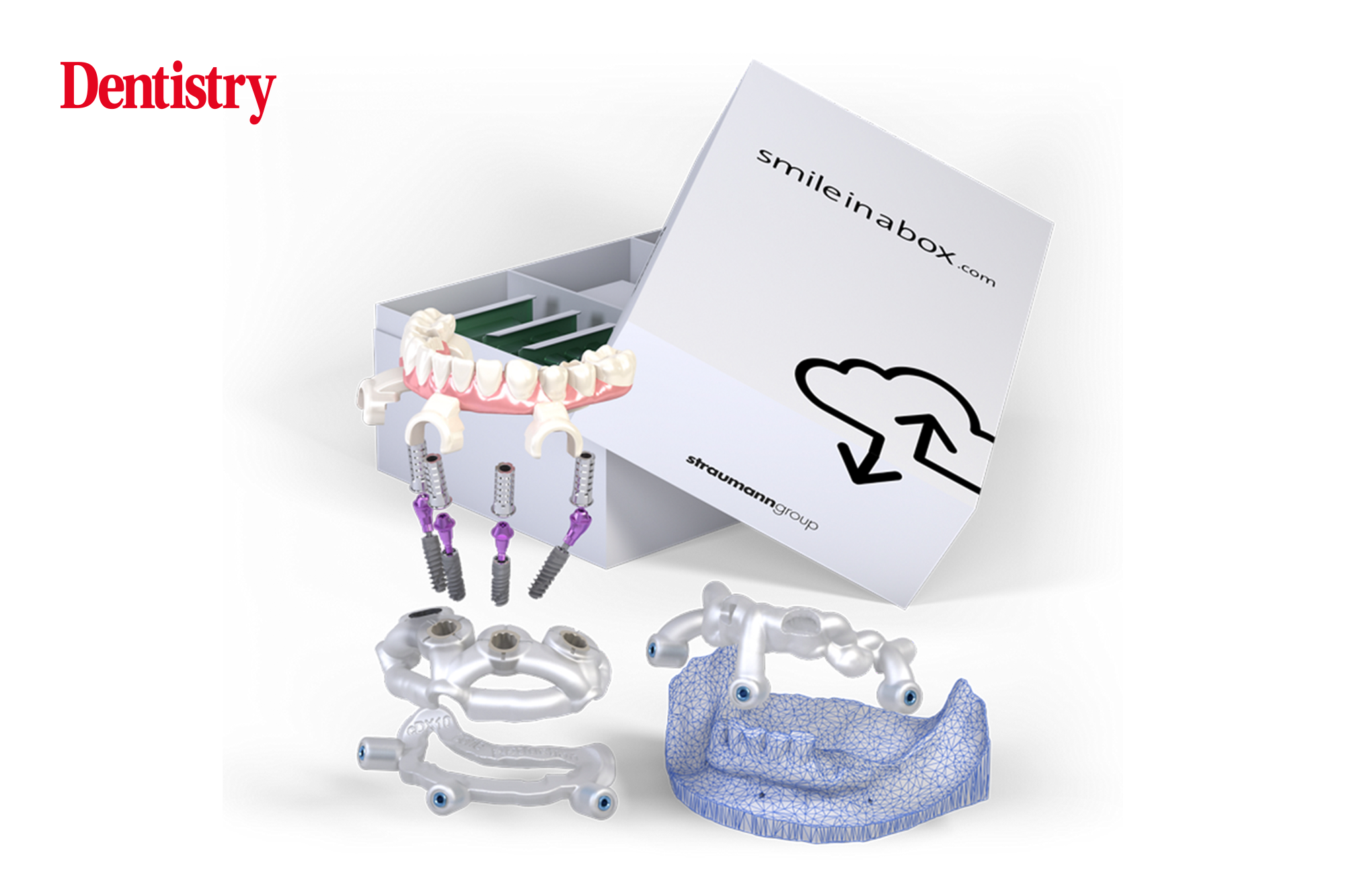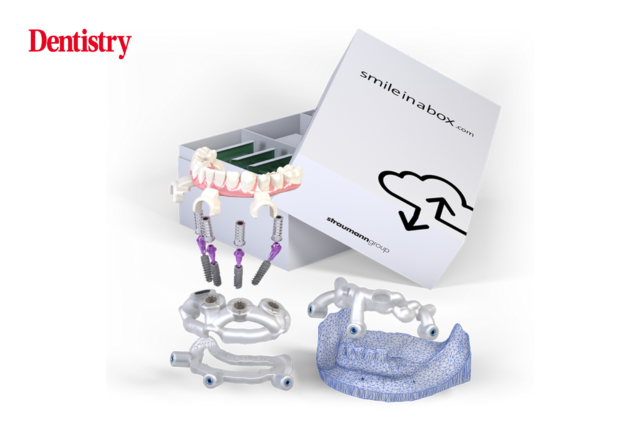
Getting patients to say ‘yes’ to treatment is a perennial challenge. Straumann discusses the factors that affect patient decision making and explains how digital workflows can help.
Now, cost is likely to be one of the main reasons why people are either saying ‘no’ or ‘not yet’. The full impact that the cost of. living crisis has had on dentistry, and levels of oral health in the UK, won’t be known for some time.
But even someone who wants to invest in dental care, and who accepts the clinical necessity of the plan you’re proposing, may look at what several other practices are offering and go for the cheapest option.
Selling treatment isn’t something that every dentist feels comfortable with and there is no training in sales technique at dental school. Being a good communicator doesn’t come naturally to everyone and each patient’s decision-making process is complex and unique to them.
As well as cost, factors in the mix will include convenience (if another practice can deliver their treatment sooner, for example) and the availability of their preferred dentist.
‘A team effort’
Treatment coordinators will act as a kind of bridge between patient and dentist and manage everything from the appointments schedule to finance. They will provide support and information so, in each case, that individual feels able to make the right choice for them.
But even without one, treatment acceptance is a team effort. Consider patients as consumers and think about what is important to you when you are making decisions about how and where to spend your money and time. The reality is, the smallest thing can put someone off, like an unanswered email that they must chase.
When investing in quality dentistry, an individual will want to feel they’re getting value for money. If you are recommending something more complex, like a dental implant, a patient will consider every element of the experience before they say ‘yes’. They’ll ask themselves, ‘will I be safe/well cared for if I go ahead?’
Longevity is also fundamental, as well as achieving a natural-looking and functional result.
Implants in ‘high demand’
Dental implants are in high demand for modern patients. As an alternative to removable prostheses, they can last for many years.
If you recommend an implant, expect that your patient will do their own research by asking around and going online. They will look for confirmation of the information you give them, and have more questions of their own.
They will soon appreciate that, although good habits and behaviours are key to keeping their implant beautifully maintained, so is treatment delivery, the skill of the dentist and the techniques, tools and materials you use.
A proactive patient will want to know they are in the best hands. They will know that the risks of dental implant treatment failure can be managed and mitigated.
They may ask about your credentials or your own success rate. But they will also consider the whole picture by looking around the practice and noting if it is modern and efficient. One shouldn’t underestimate how impressive a high-tech practice is to patients weighing up whether to say ‘yes’.
Digital workflows
Digital solutions have made the delivery of complex treatments, like dental implant therapies, more comfortable, faster and smoother. The digital workflow can aid communication with your patients and allow smiles to be transformed in just a few appointments.
Digital doesn’t have to be unaffordable, though, and that is the message for practices, too. A lack of space or budget doesn’t mean you cannot access the benefits of digital dentistry. Outsourcing, a solid business principle that can be applied to treatment planning, can allow you to offer the benefits of digital without having to make significant changes.
If you’ve been reluctant to invest so far, for whatever reason, there are flexible, modular concepts available that will give you access to digital solutions that could drive up patient acceptance. The Smile in a Box system from Straumann can be used to motivate more people to say ‘yes’ to life-changing implant therapies.
Smile in a Box – a high-tech digital workflow
Your practice will get help to facilitate predictable outcomes when it needs it. Once patient data is uploaded, whether it’s a single implant or full-arch solution, the treatment planning, surgical guide, restorative design and production can all be outsourced as and when required.
You will receive all the components packed in one box, ready to deliver high-quality treatment and a beautiful, stable outcome. All of this can be delivered within 10 working days once approval of the plan is given.
Getting patients to say ‘yes’ has become harder, as patients have become more empowered and know they have a choice about where to go, and what to say yes to. A high-tech, digital workflow is a great selling point and can be offered without the need for a significant financial outlay.
Comfort, efficiency and value, and successful results can be achieved when you take advantage of ways to outsource digital options.
For more information, visit http://www.smileinabox.com/.
Adblock test (Why?)






